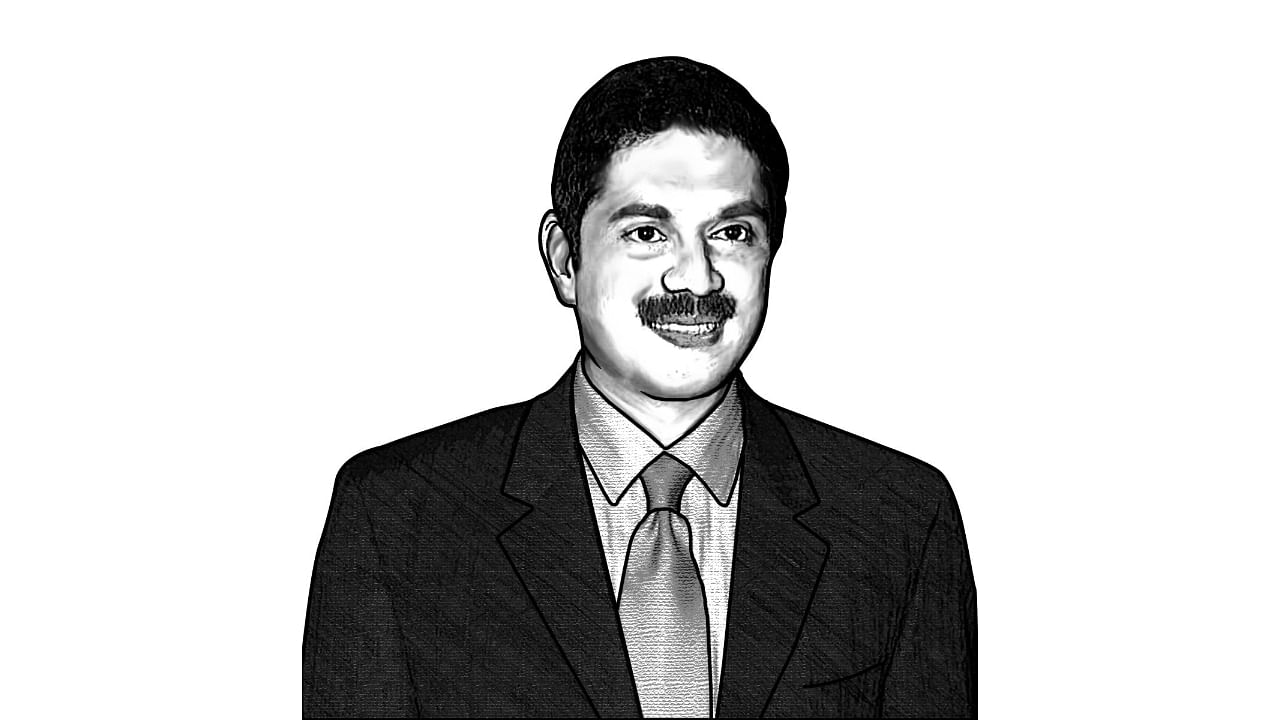
Students of Bangalore University (BU) who graduated in the early ’90s would be familiar with the infamous ‘grace marks scandal’. Hundreds of medical and dental students who had failed in their exams were promoted by illegally awarding grace marks, and many of them may be practicing as doctors amidst us today.
Established in 1964, BU was once one the biggest universities in the country, with over 300 affiliated colleges, including medical, dental and engineering institutions spread over Bengaluru, Kolar and Tumakuru. It is now a shadow of its former self, with smaller universities being carved out of it and professional colleges getting their own dedicated varsities. The controversies that rocked the university then were just as big.
There is an interesting tale about how the grace marks scandal, which made national headlines those days, came to light. A BU Senate member who was visiting the office of the Registrar (Evaluation) found the chair dusty and picked up a sheet of paper that was lying on the ground to wipe it clean. He casually read what was printed on the paper and could hardly believe his eyes. It was an order from the University that grace marks be awarded to MBBS students who had not passed their exams. The member quietly folded the paper, tucked it in his pocket, and preferred to sit on the dust-covered chair.
The issue rocked the subsequent Senate meeting and the University ordered an internal inquiry which revealed that it was not just MBBS, but also dental and engineering students who benefitted from this ‘grace’. Worse, grace marks were awarded not only to students of the just-concluded examinations but retrospectively to those from the previous year, too. Obviously, this was done to favour somebody. Why else would the University bend over backwards?
One strong rumour doing the rounds was that the order was passed to benefit the daughter of the then Chief Minister M Veerappa Moily. The then Vice Chancellor, N R Shetty, and Registrar (Evaluation), Chakravarthy Mohan, both men of integrity, drew flak from political circles and the media for “trying to hush up the scam”, though the grace marks order had been passed by their predecessors and they themselves had nothing to do with it. Under intense pressure, the University ordered an independent inquiry by a retired High Court judge.
This led to a new set of problems. The judge began operating like a Commission of Inquiry, instead of an inquiry committee. He set up a court hall in private premises, summoned university officers and other witnesses for cross-examination in the witness box, and passed orders like a judge. But apart from grabbing the headlines, the committee achieved little and, following protests from officers on how the inquiry was being conducted, it was abruptly wound up.
However, the findings indicated that Moily’s daughter was not one of the beneficiaries as had been alleged. Nor were there any other ‘VIP children’ in the list, as had been widely believed. Why then did the University pass such an atrocious order? Was it to help the wards of some varsity officers who had flunked? Did a large number of other students benefit in the process? Given the University’s notoriety, had someone there struck a deal with students who had failed, in exchange for a large sum of money? Why was the benefit extended only to professional college students and not to those from the arts, commerce or science streams? Or, was it all the doing of some private professional colleges, who were dubbed the ‘education mafia’, who had used their clout to get their students pass marks, especially students who had got admissions after paying huge capitation fees? These questions remain unanswered even to this day.